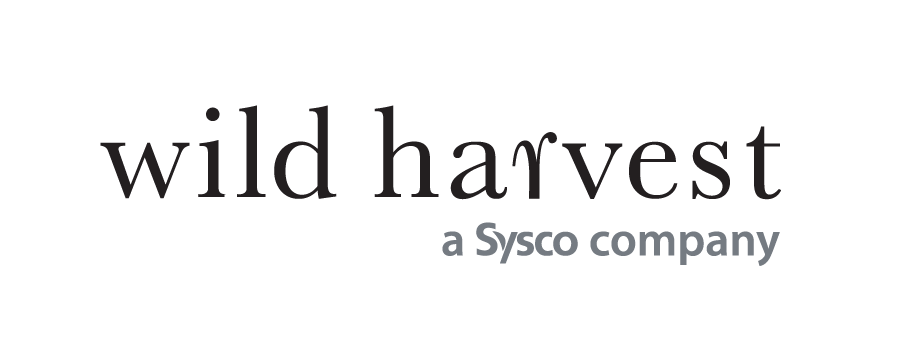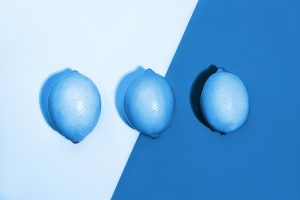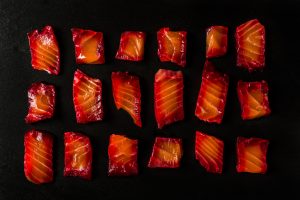The bright red stigmas of the crocus sativus plant have been traded for centuries. Each flower has to be hand harvested, carefully removing the stigmas and drying them for use in cooking and perfumery. It’s estimated that around 150,000 flowers need to be harvested to produce a kilo of saffron, which goes some way to explaining why it is one of the most expensive ingredients in the world. By weight, it is more expensive than gold.
The New York Times recently ran an insightful article about saffron, explaining how in such a lucrative market, there are people buying up vast quantities and stowing it away. More worryingly, is the amount of fake saffron on the market, highlighting the importance of a trusted supplier.
In the UK, Spain has long been known as the home of saffron. However, in reality, though Spain exports a lot of saffron, it also imports most of it to begin with. It’s actually Iran that produces the finest, highest-quality saffron – around 80 per cent of the worlds harvest. Out here, saffron is interlaced into society and finds its way onto dishes as varied as shish kebabs and biriyani, to soups, stews, sweets and tea.
At Wild Harvest we source all our saffron from Iran. This ensures we have the very best saffron available for UK chefs. High-quality saffron carries a more pronounced perfume and permeates your food in a solid way; a lofted, lingering flavour that when put to use, can make good dishes great.
So now you’ve got access to high-grade saffron, what are you going to do with it? Naturally, the classics can all be brought out. Dishes like ossobuco that relies on a yellow-tinged risotto to work its magic against slow braised veal. Traditional paella can be rightly bolstered by saffron’s intoxicating perfume, not to mention its role in an authentic bouillabaisse. It’s also great friends with seafood, particularly shellfish – crab, clams and scallops work exceptionally well with the fragrant touch of saffron.
Venturing into the realm of desserts also has its advantages too. Here it’s important to let the saffron stand out and speak for itself. Think dishes like crème brulee and panna cotta, a sweet saffron sabayon, or even infusing it into a neutral ice cream. There’s a festive bun from Sweden that calls for saffron, as does its namesake cake. In fact dessert just might be one of the best places to experiment with the dried crocus stigmas.
Middle Eastern influences in cooking can be seen in an increasing number of menus up and down the country. We’ve come a long way since Yotam Ottolenghi released his best selling cookbooks, introducing a large number of people to ingredients like sumac, tahini and the wider use of saffron. Sam and Sam Clark of Moro are equally as responsible for the new found fame ingredients of this ilk have had. Now is not a time to be shy with ingredients like saffron, but to show discerning diners just how versatile they are.


